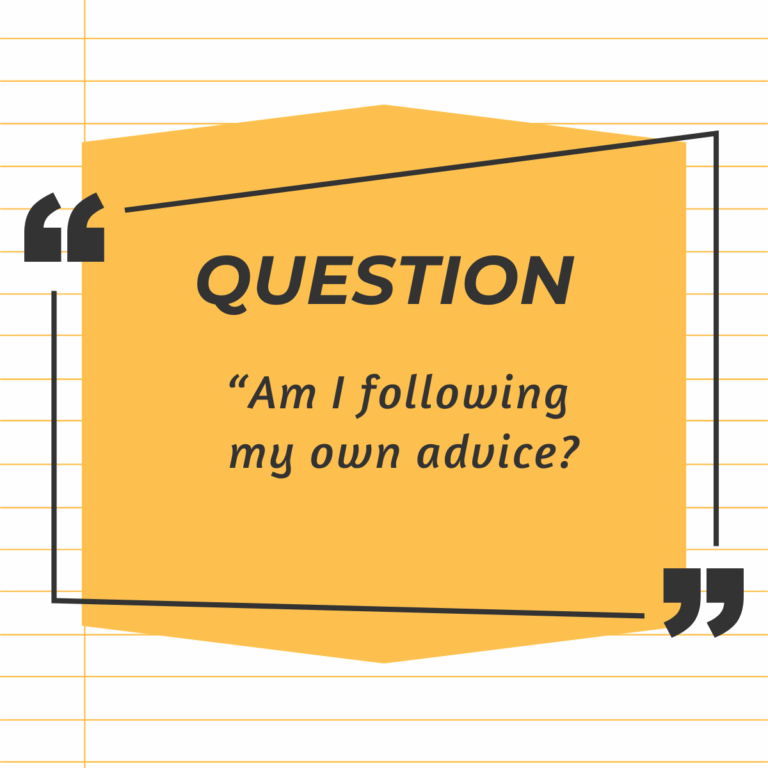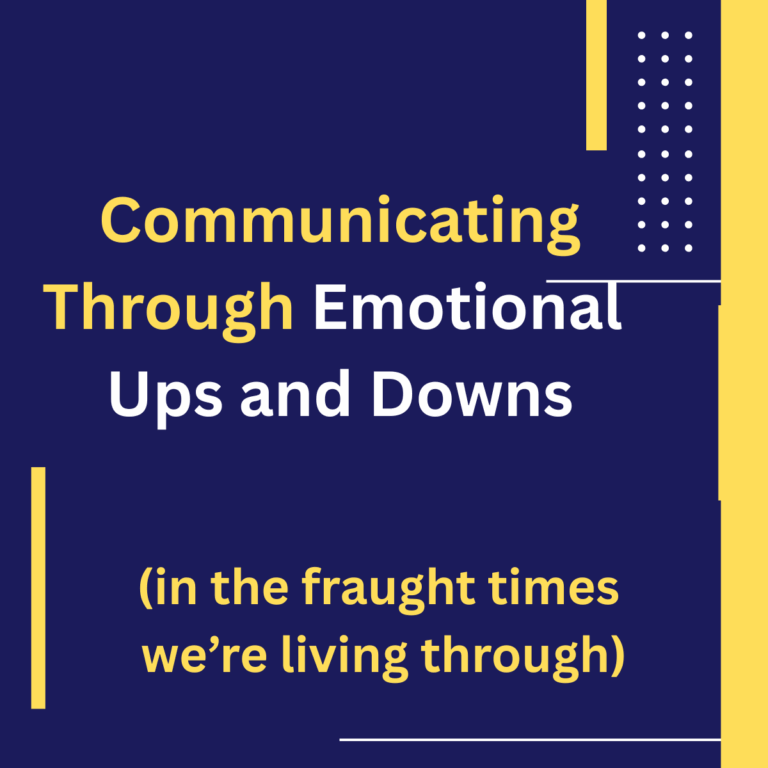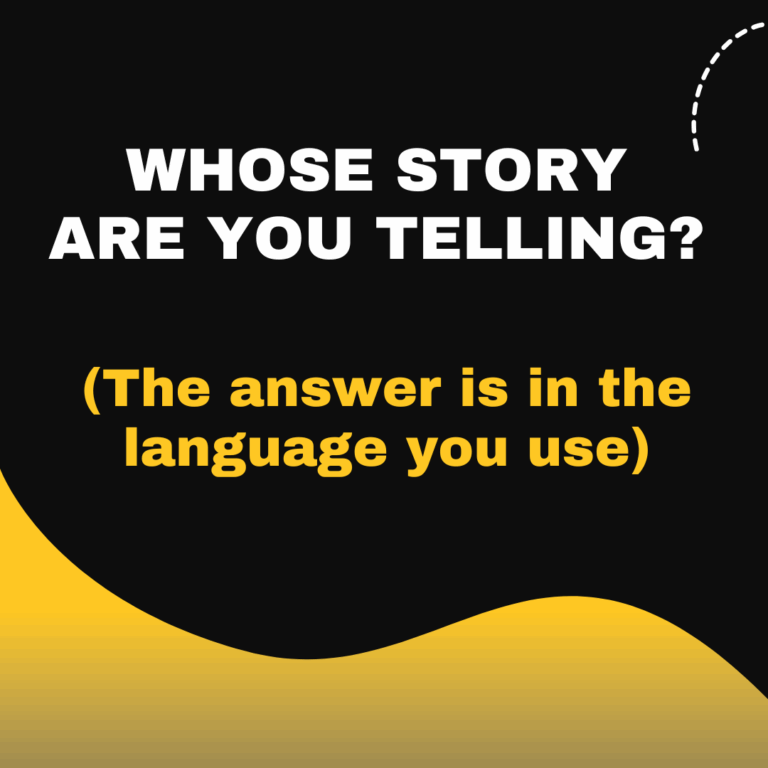Focus groups: Are you using them? Wisely?
Over the course of my career, I’ve conducted hundreds of focus groups – first as a political campaign consultant, then as a messaging adviser for major nonprofits. Qualitative research can help us better understand our audiences and sharpen our messaging if the research is both conducted and consumed wisely.
But that’s a big caveat. So, let’s explore both the power and pitfalls of using focus groups to make our messages more persuasive – with a few examples along the way.
Putting Focus Groups In Context
Focus groups yield impressionistic, but not statistically valid, data. So they are usually paired with quantitative surveys. Each has its strengths. And, in direct response programs, it’s smart to see survey research as one stream of data alongside results to individual efforts and the performance of various audience segments over time.
Taken alone, each stream can mislead us. But, seen together, they tend to correct for one another, providing a clearer, more accurate overall portrait.
What Focus Groups Can Reveal
Focus groups reveal the depth of peoples’ feelings:
A poll can tell us what percentage of people feel “very strongly” about something. But, a focus group can capture the choke in someone’s voice when they speak or the silence that comes over the room when a heartbreaking story is shared.
It’s one thing to know animal rights donors feel strongly about the animals in their lives. But you get it at a deeper level when you hear participants describe their families with loving descriptions of their pets and an “oh yeah and” mention of their spouses.
It’s one thing to know that the Democratic base is frustrated with party leaders. But you get a visceral sense of things when you can hear the anger and fear in their voices.
Focus groups expose the language people use.
As a writer, I often draw on the language people use in focus groups. When a Democratic activist said “They’re playing for keeps and we better start doing the same,” I had the lead for a powerful letter.
When an international charity donor said about a long-running hunger crisis “What makes us think the longer it goes and the worse it gets, the less our responsibility to respond,” I knew I had the theme for an email campaign going directly at the notion of “donor fatigue.”
Focus groups uncover perspectives we might not intuit.
When I first started working with Doctors Without Borders, I set out to create a deeper, more emotional connection between donors and people in urgent need of medical care. But, focus groups revealed an unmistakable pattern. People connected most powerfully with stories told by doctors.
They care deeply about the people lacking medical care. But they relate most easily when patients’ stories are shared “through the eyes of a doctor.” Understanding that dynamic became key to persuasive communications.
Focus groups clarify barriers we might misinterpret.
A first round of Oxfam focus groups exposed an alarming barrier. Even long-time donors seemed to hold the group at arms’ length emotionally. But, upon closer inspection, it turned out the distance we sensed wasn’t a sign of disinterest. It was a sign of respect. People were so enamored of Oxfam’s thoughtful efforts to get at the root causes of global poverty that they held the group on a pedestal.
Pitfalls to Watch Out For
What about the flip side? Here are four pitfalls I’d be on the alert for.
Poorly conducted research:
A focus group is only as good as the moderator who conducts and analyzes it. A moderator who can’t control the group dynamic or stop someone from dominating the conversation can degrade the research’s value. But the biggest concern is a moderator who goes into the group thinking they know what they will find or what they want to find.
Over-rating one compelling voice:
Often one person with a compelling personality or unique perspective can really captures the imagination. It’s vital to remember that it’s only one person and it shouldn’t be over-invested in.
Jumping to conclusions:
It’s impossible to simultaneously moderate and analyze a focus group conversation. Genuine insight happens when the researcher watches the session recordings and studies the transcripts. Letting observers sitting behind the mirror jump to conclusions before that is a really bad idea.
Ignoring other information (and common sense):
As discussed earlier, it’s vital to take the focus group findings in the context of other information including common sense.
One Big Thing Neither Surveys
Or Focus Groups Can Tell Us
The biggest mistake – and often the biggest temptation – is to think focus group respondents can tell you directly why they make their decisions to vote, volunteer, donate or take action.
But behavioral science teaches us people tend to make decisions in an instinctive emotional way. Only after the fact, do they develop a more thought out rationale for what they did.
If you ask them why they acted a certain way, you’re likely to hear that post-decision rationalization. And going by that isn’t a useful way to shape your future communications.
Conclusion
If periodic focus group research isn’t currently part of your program, I encourage you to think about adding it.
As I hope this memo has made clear, it can be an important contributor to your efforts to communicate more persuasively – especially if you keep it in context and avoid the pitfalls we’ve discussed.







